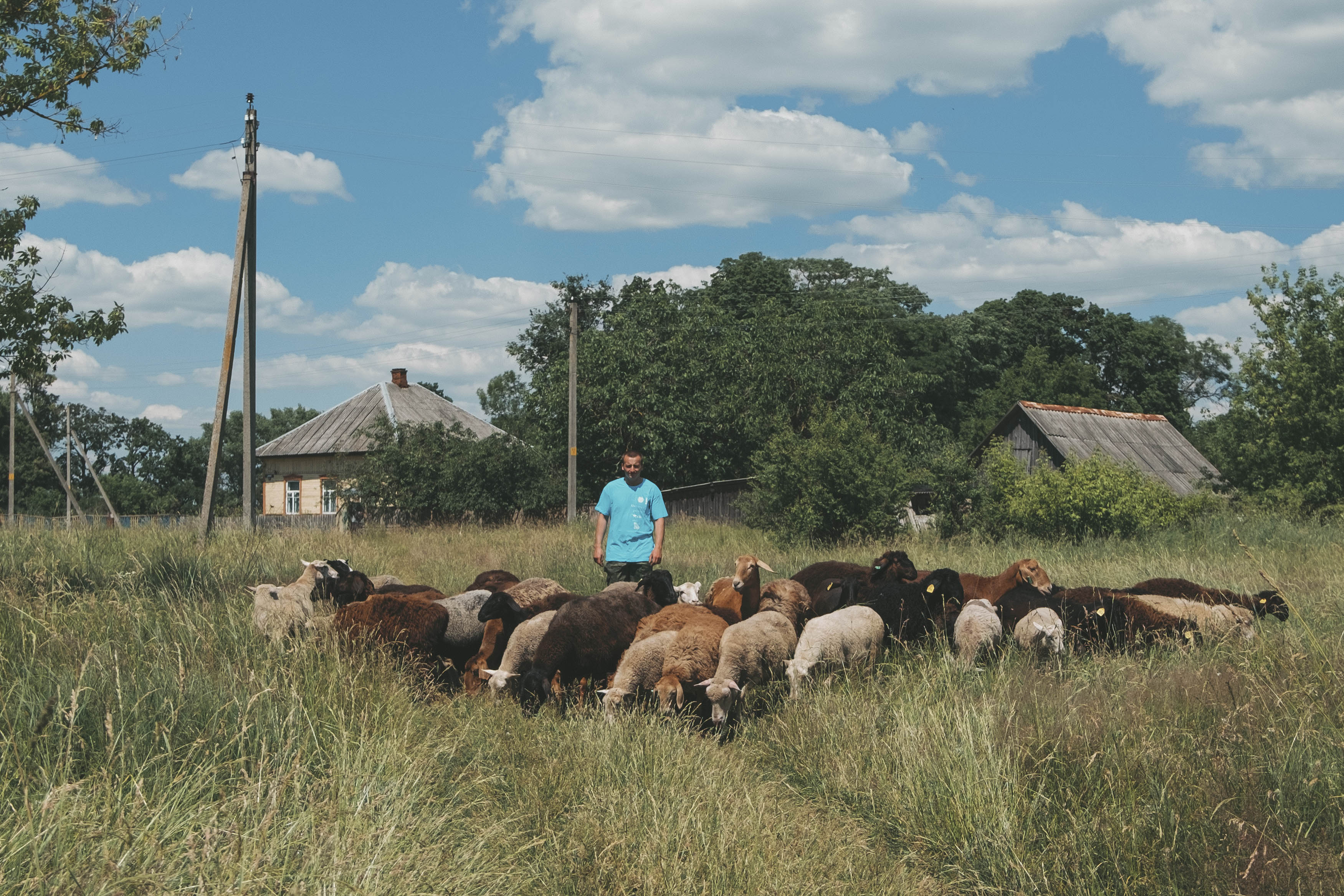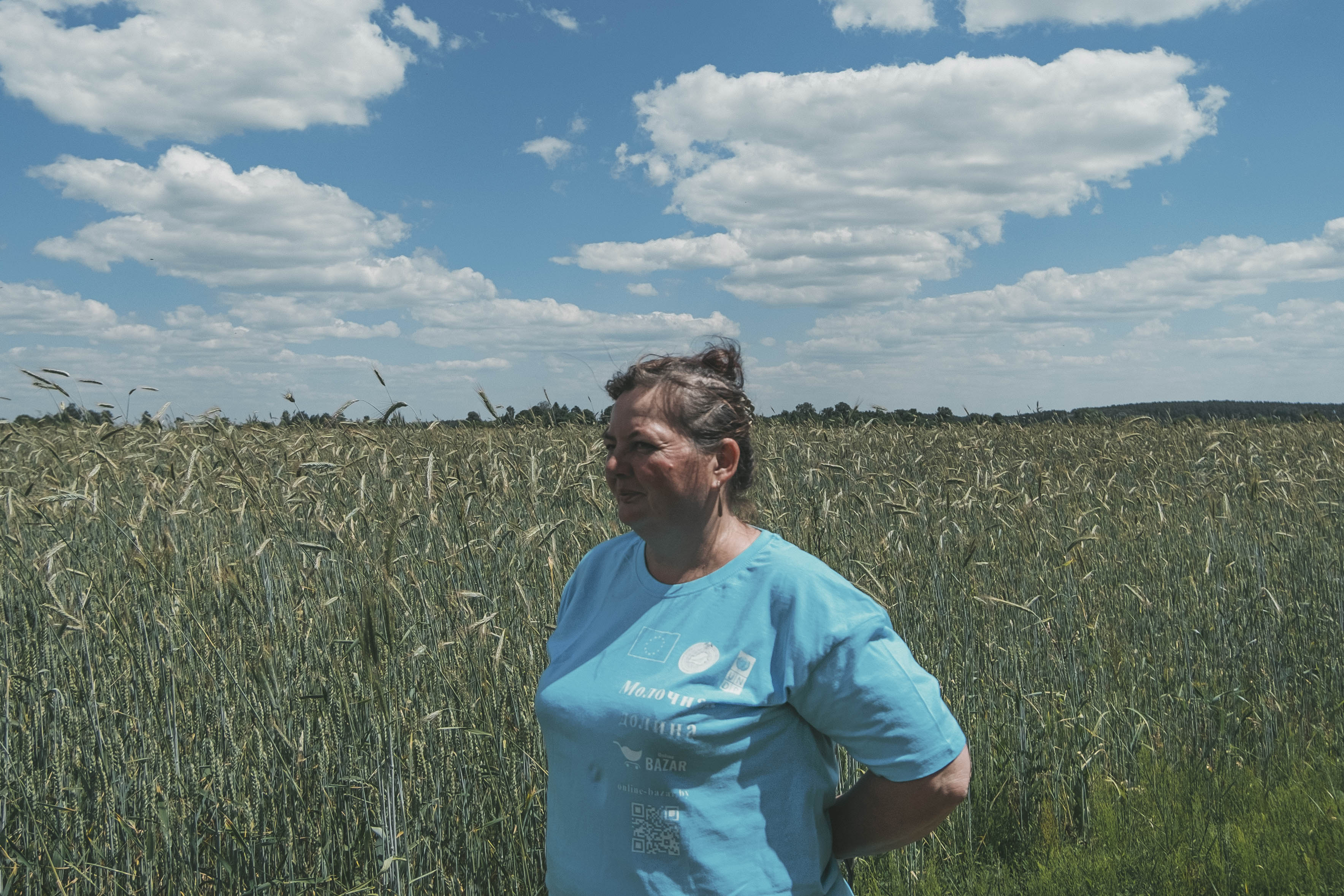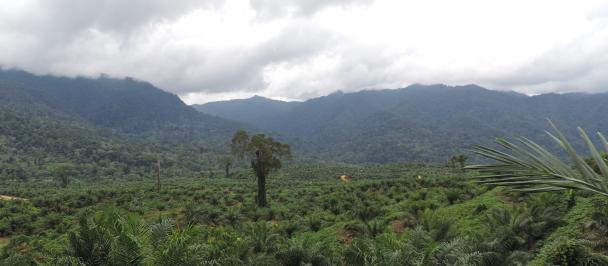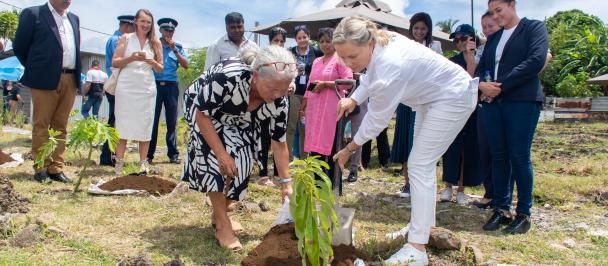New technologies for production, processing and marketing of dairy products helped farmers increase their income by 30%.
How Milk Farmers in Belarus Reduced Food Loss and Increased Their Income
September 28, 2022

Thanks to new technologies and business approaches, farmers in Bragin district in Belarus have been able to increase their income by 30%.
About 14 percent of food produced around the world is lost between harvest and retail. Seventeen percent of total global food production is wasted.
Today we are going to tell how in Brahin district, the southernmost corner of Belarus, private-sector agricultural producers significantly reduced raw material loss using cooperation, new equipment and processing technology and improved sales effectiveness through the introduction of digital technology.

A large part of the population in Brahin district is engaged in the agricultural production in private farm households.
For many of them it is the main or additional source of income. One of their activities is dairy farming. According to locals, several dairy cows can guarantee a decent supplemental income for a family.
Among the district community there are people, who choose cattle production as their major activity and unite like-minded fellow countrymen around them. The example of this is Tatsiana Rak from the village of Sialets and her family. Tatsiana together with her husband and their three sons have been engaged in dairy farming for more than ten years already. Now they have 35 cows in their own herd. Tatsiana knows what raw milk losses may take place because of the delay of a vehicle that collects milk or if a portion of low-quality milk gets into a bulk tank. They will have to dispose of spoiled milk.

In 2020, the Sialetski Agrarian cooperative society chaired by Tatsiana Rak stepped forward with the initiative to establish a cattle-breeding cluster.
This is how the initiative called, "On the way to the cattle-breeding cluster in Brahin district” was born. The cluster members took up milk processing too in order to rationally use extra milk. For this they purchased cheese dairies, cheese moulds, separators and butter churns. To organize training they invited a cheese maker from Mahiliou region, who helped them master the technology of milk processing, pasteurization, separation, cream whipping and cheese making using the purchased equipment. An analyzer was purchased to test and confirm milk quality, which significantly reduced the risk of sour milk getting into the bulk tank. As a result, returns of milk from the dairy plant decreased by three times.

For cluster development a bulk tank for milk transportation and a refrigeration unit were purchased. Now milk can be transported on time and stored longer.
To boost sales, an online storefront was developed for promotion of products and services offered by private-sector agricultural producers: www.online-bazar.by. Anyone can publish free of charge the information about products and services that are produced and offered for sale, and find agricultural products or services they need.
This online storefront became a unifying platform not only for sellers and buyers. It also helps create new cooperative liaisons. For example, an entrepreneur from the neighbouring Lójeŭ district joined the Brahin cluster members. The agricultural producers of Lójeŭ district have already felt the benefit of this cooperation. In cooperation with the farmers from Brahin they have mastered new logistics of milk collection and sale. Previously, they had to get up at 2 a.m. to deliver milk to the carrier. Now the farmer from Lójeŭ uses the cooperative society’s tank to collect milk in the morning, and new spots for milk collection have been added. All this provides the locals with additional opportunities of income generation.

Working together, we managed to cut our operating costs by 10%. We also reduced yearly raw material losses and food waste by about 36 tons, which results in supplemental income of more than 30 thousand Belarusian roubles.
Thanks to the introduction of new logistics and technology of production, processing and sales the income of the cluster group members increased by 30 percent.
The initiative “On the way to the cattle-breeding cluster in Brahin district" is implemented by the Support to Economic Development at the Local Level in the Republic of Belarus Project which is funded by the European Union and carried out by UNDP in partnership with the Ministry of Economy of the Republic of Belarus.

 Locations
Locations

